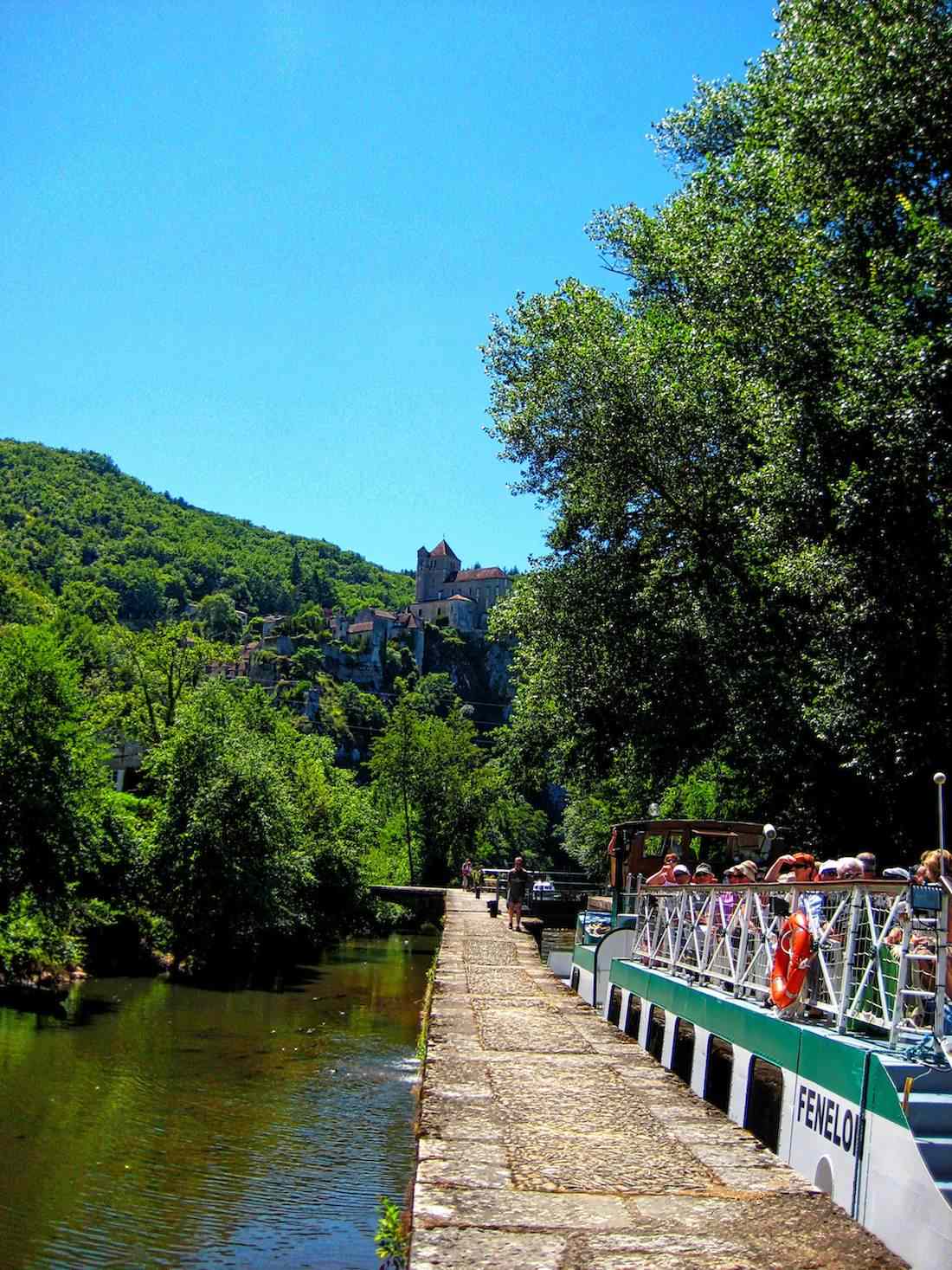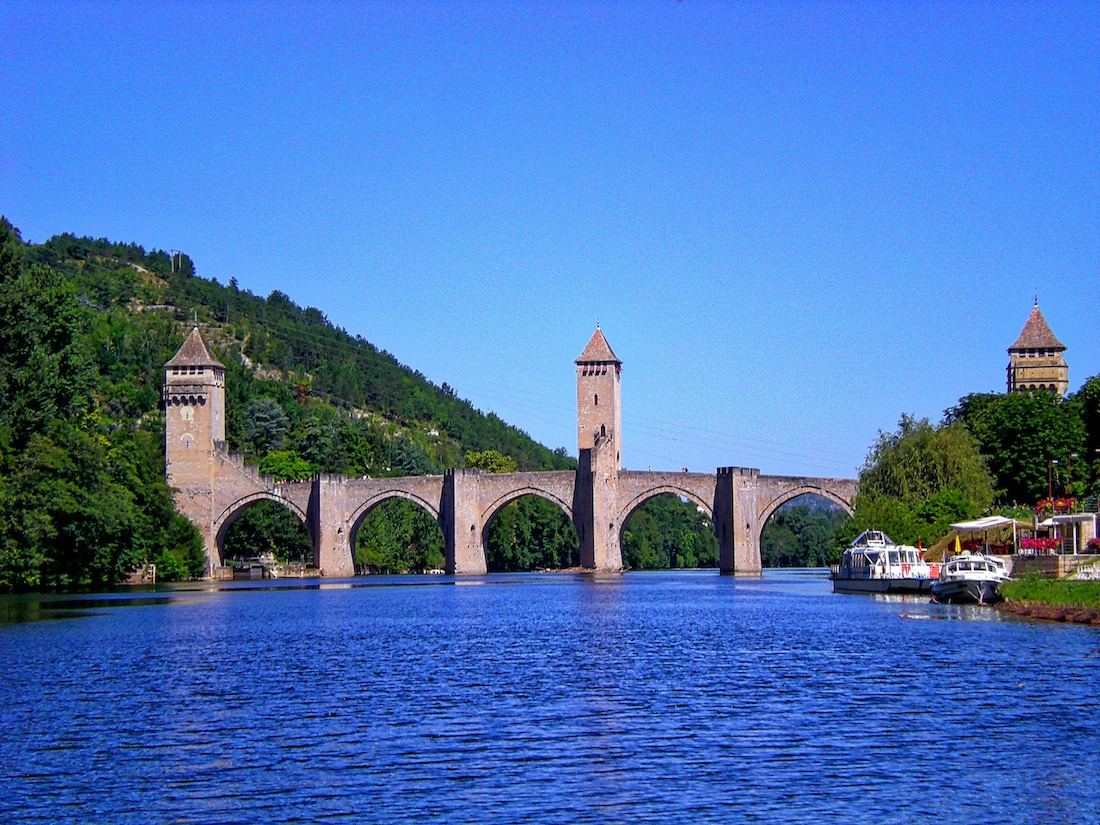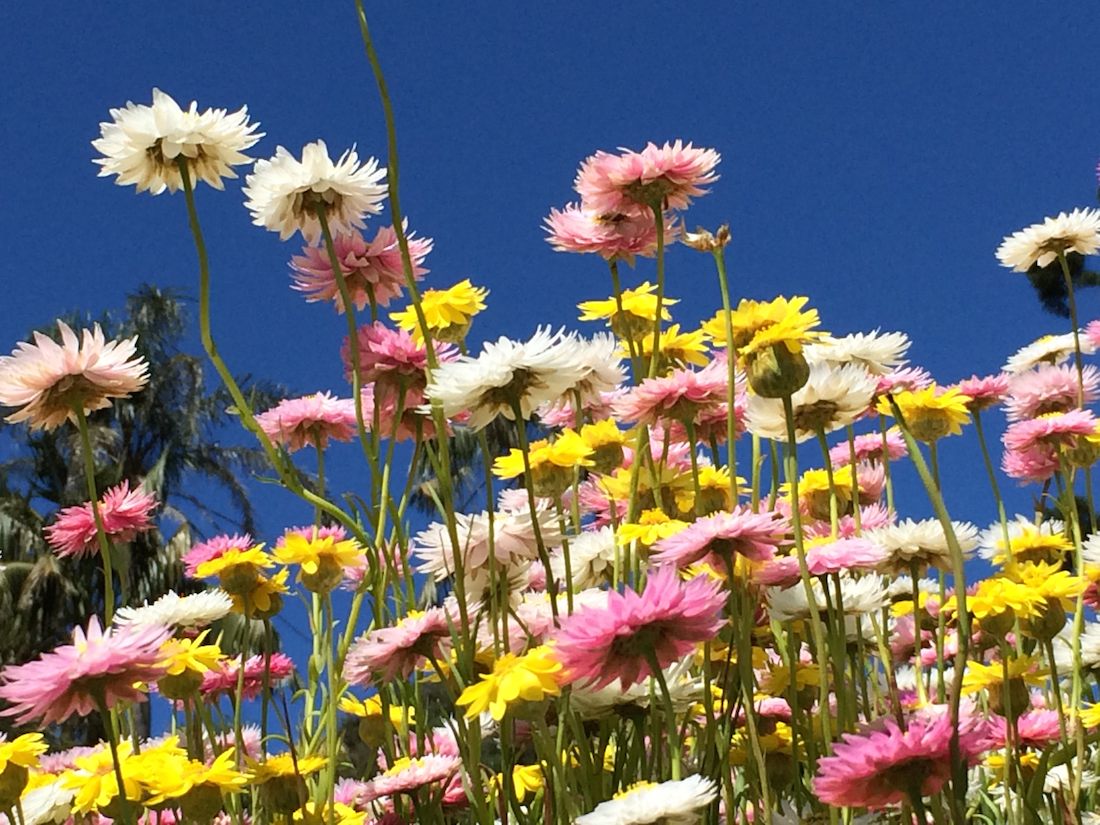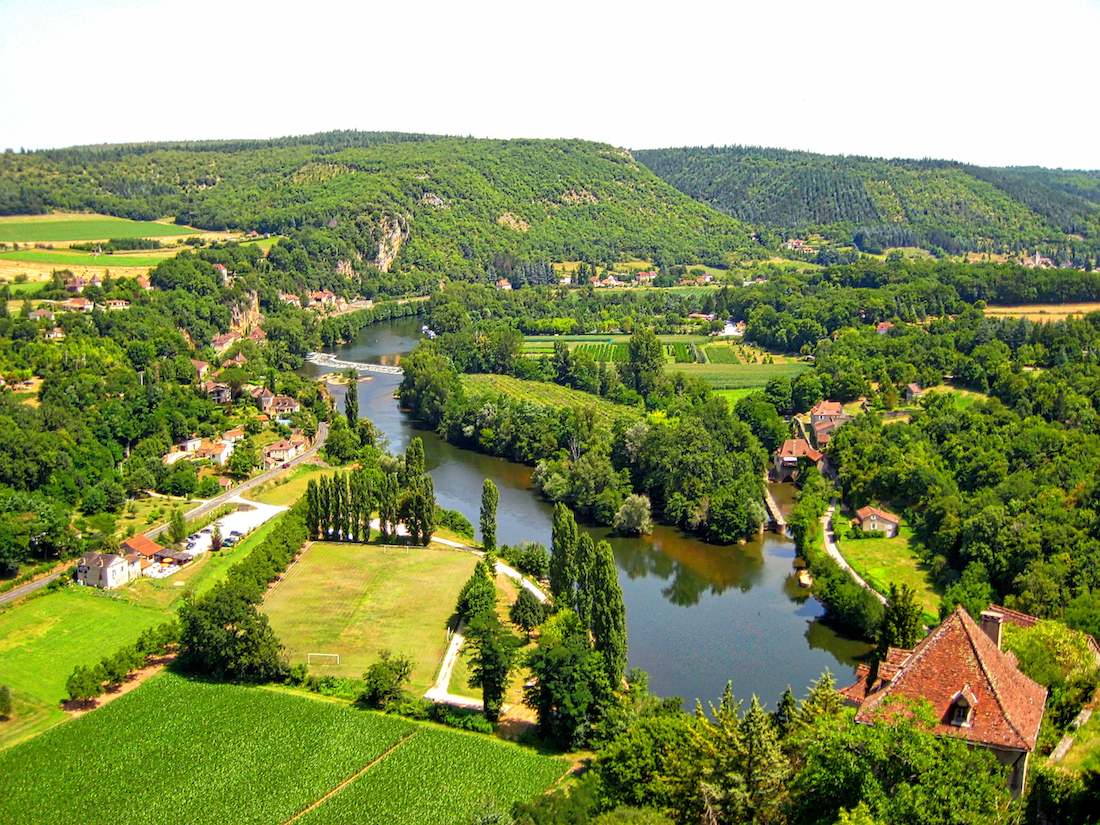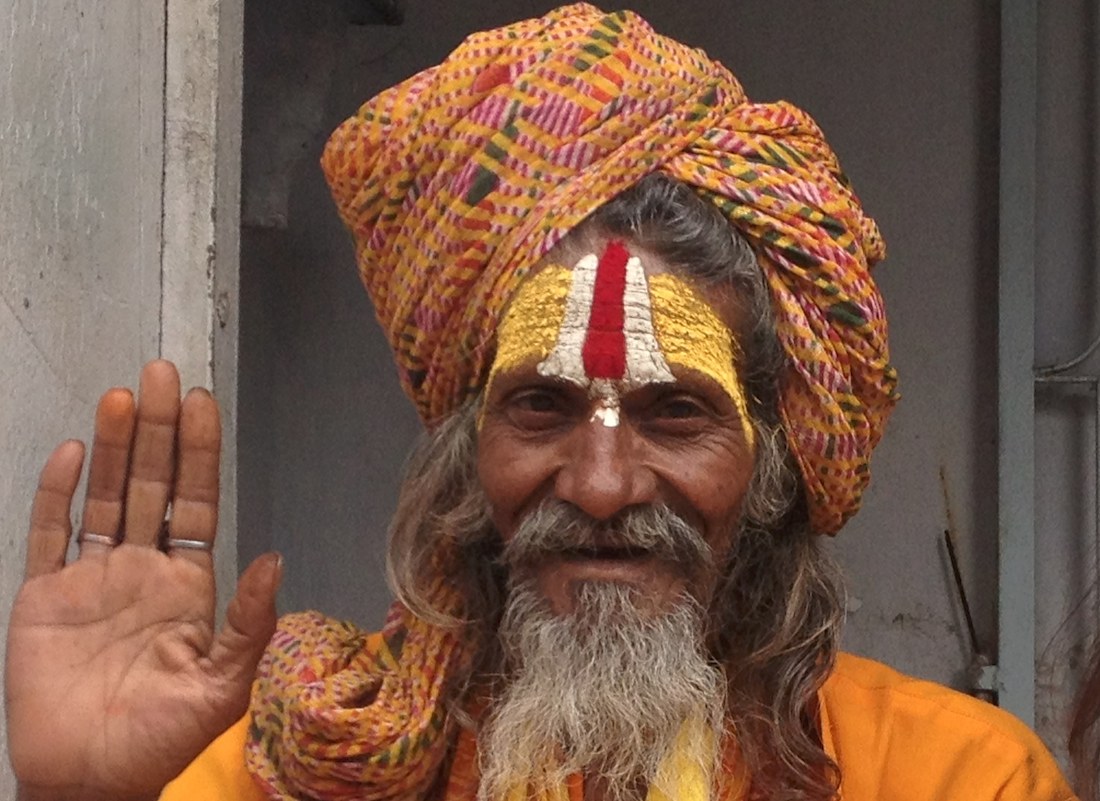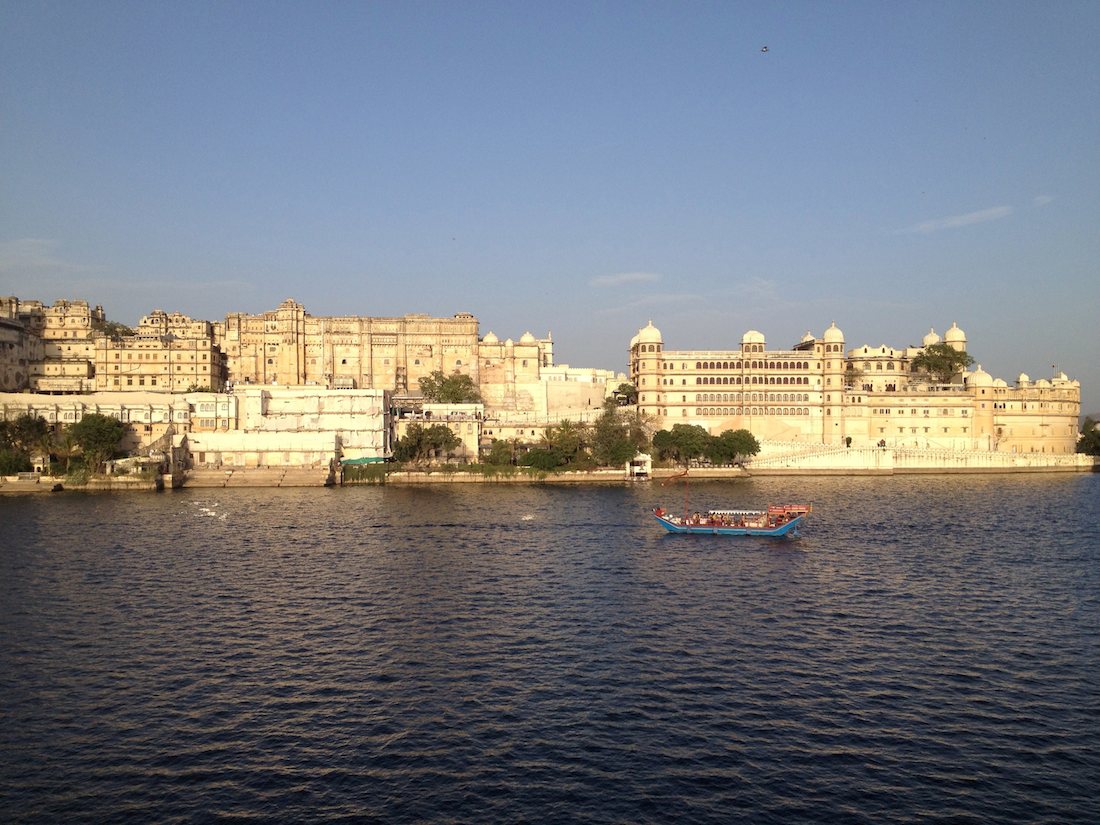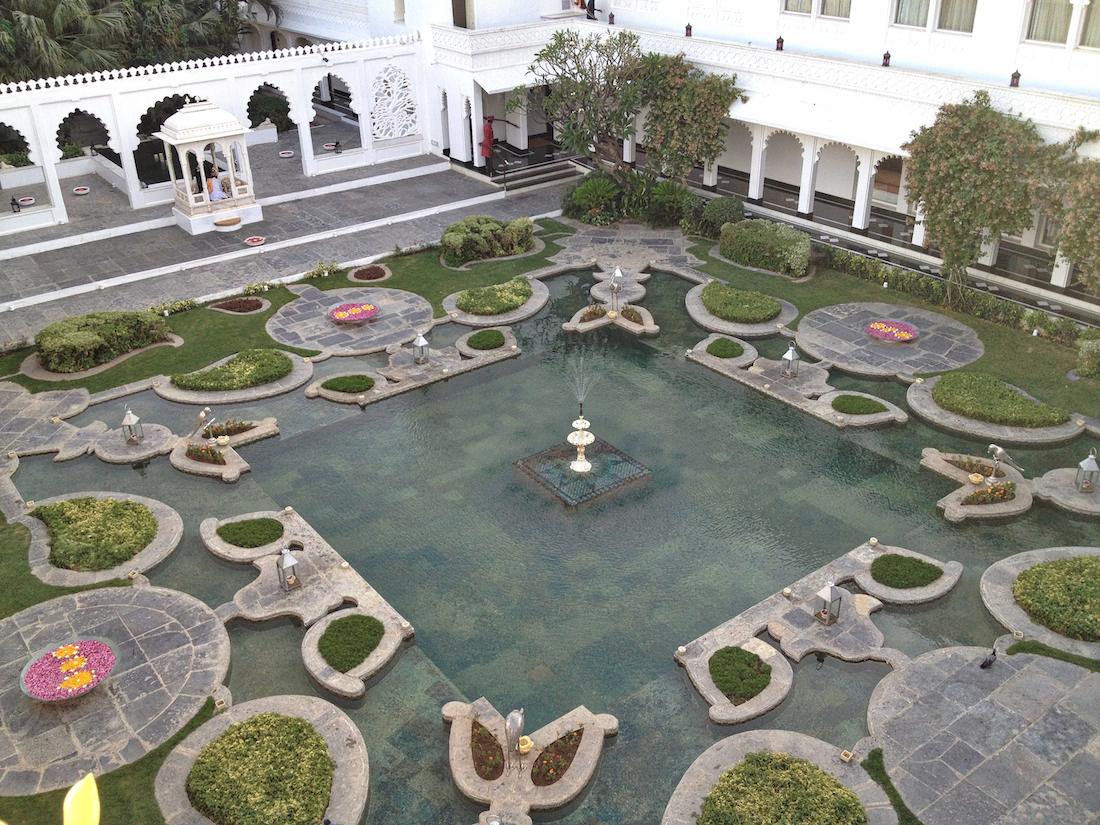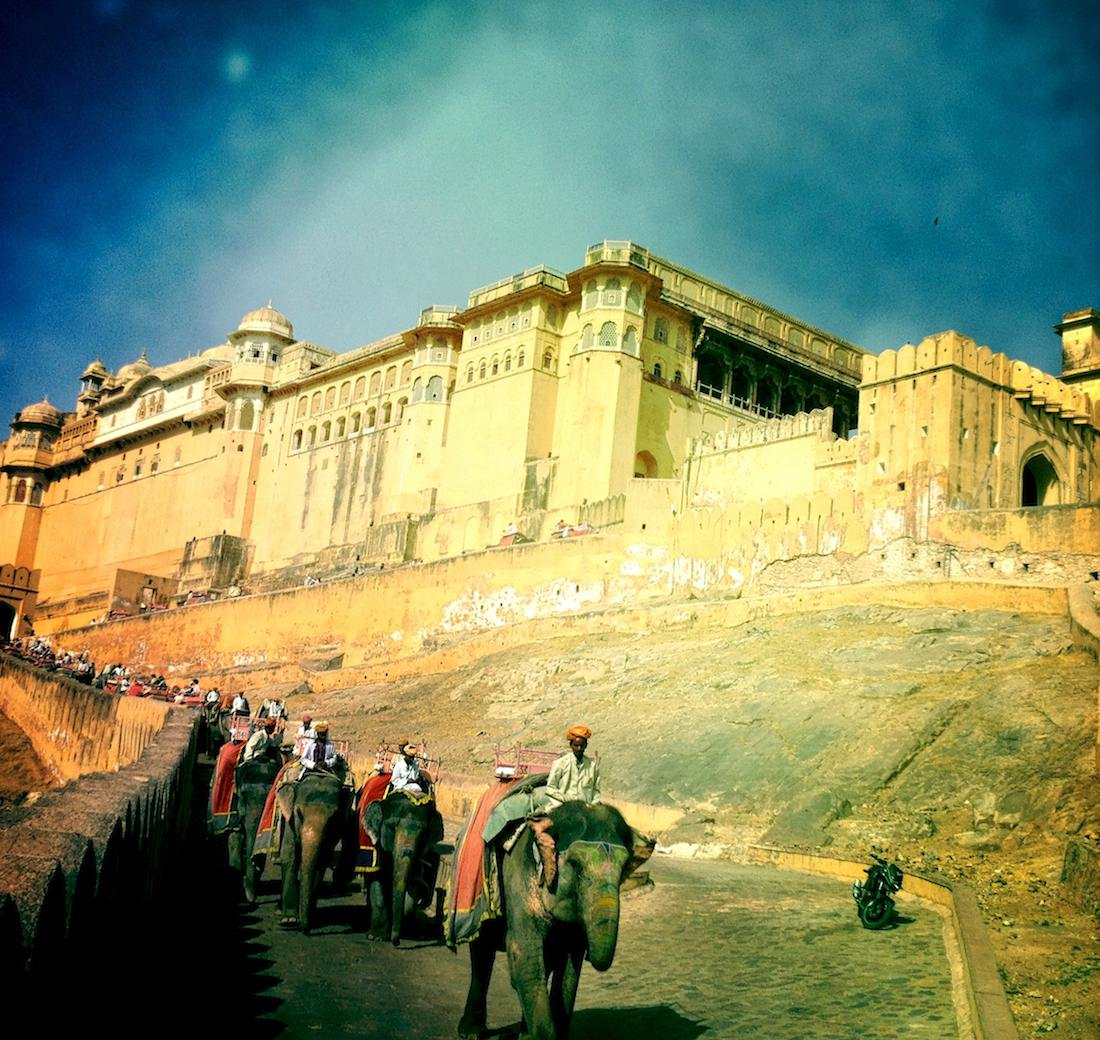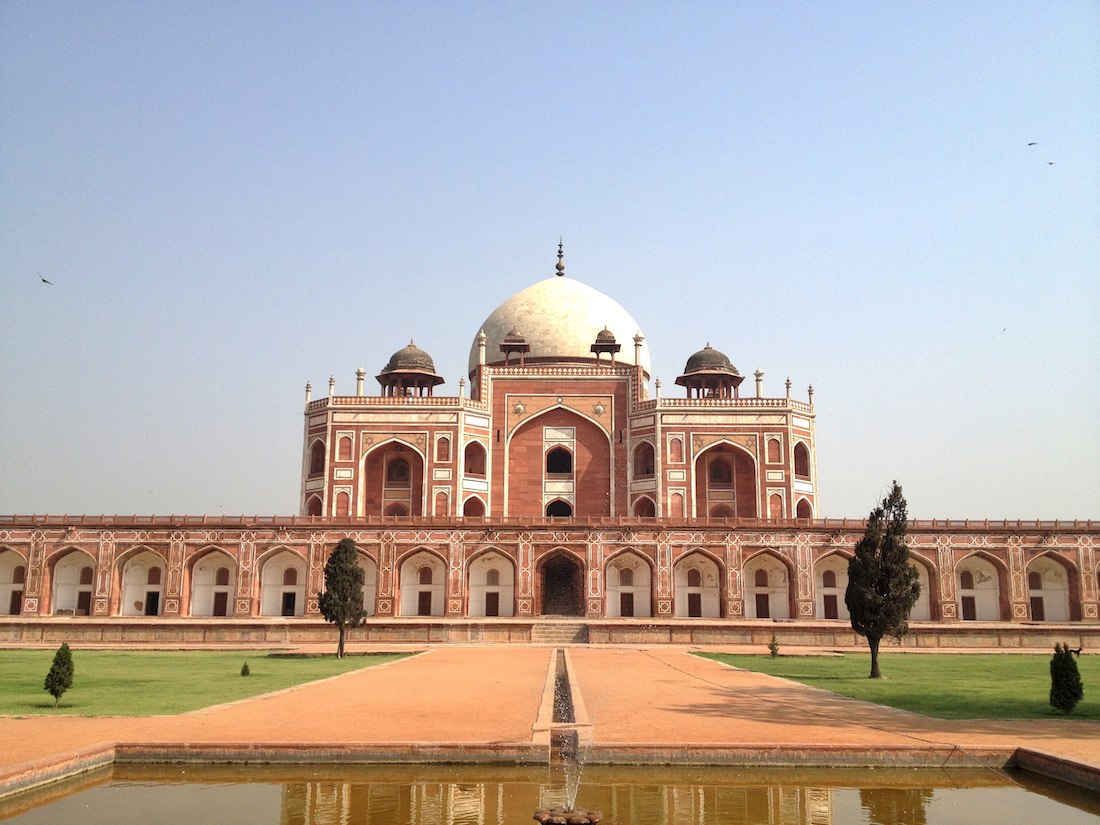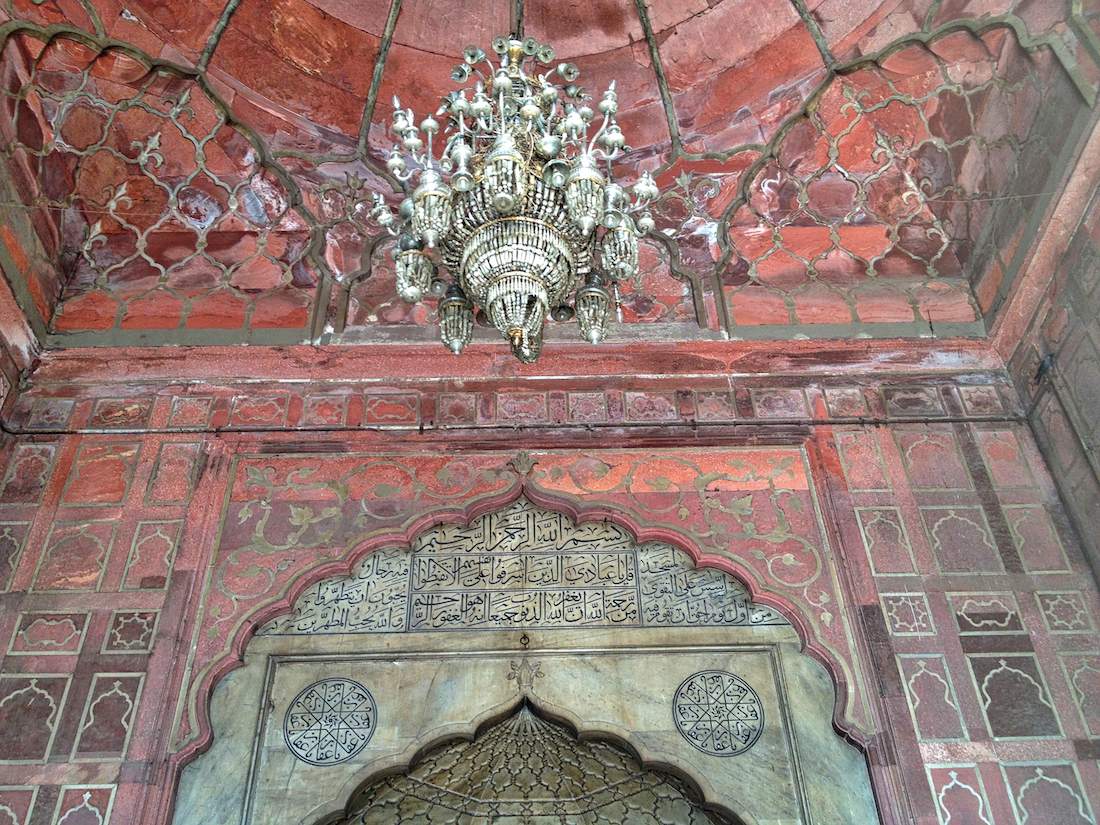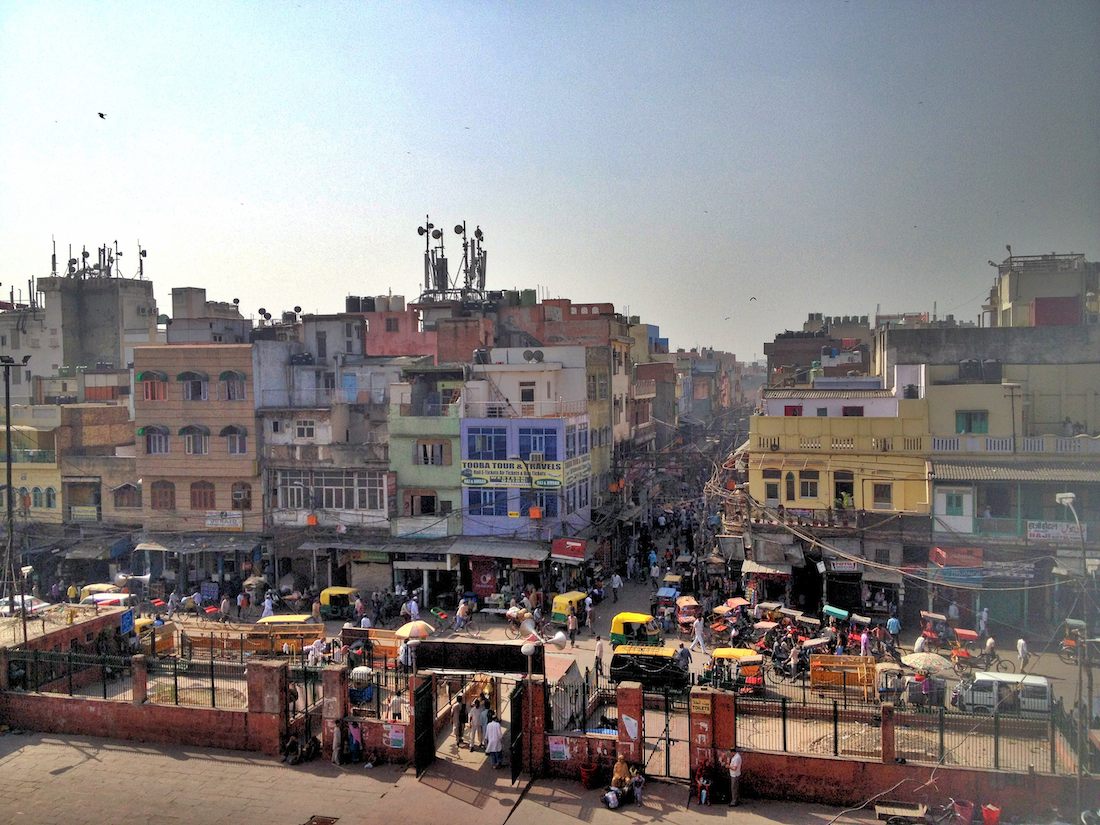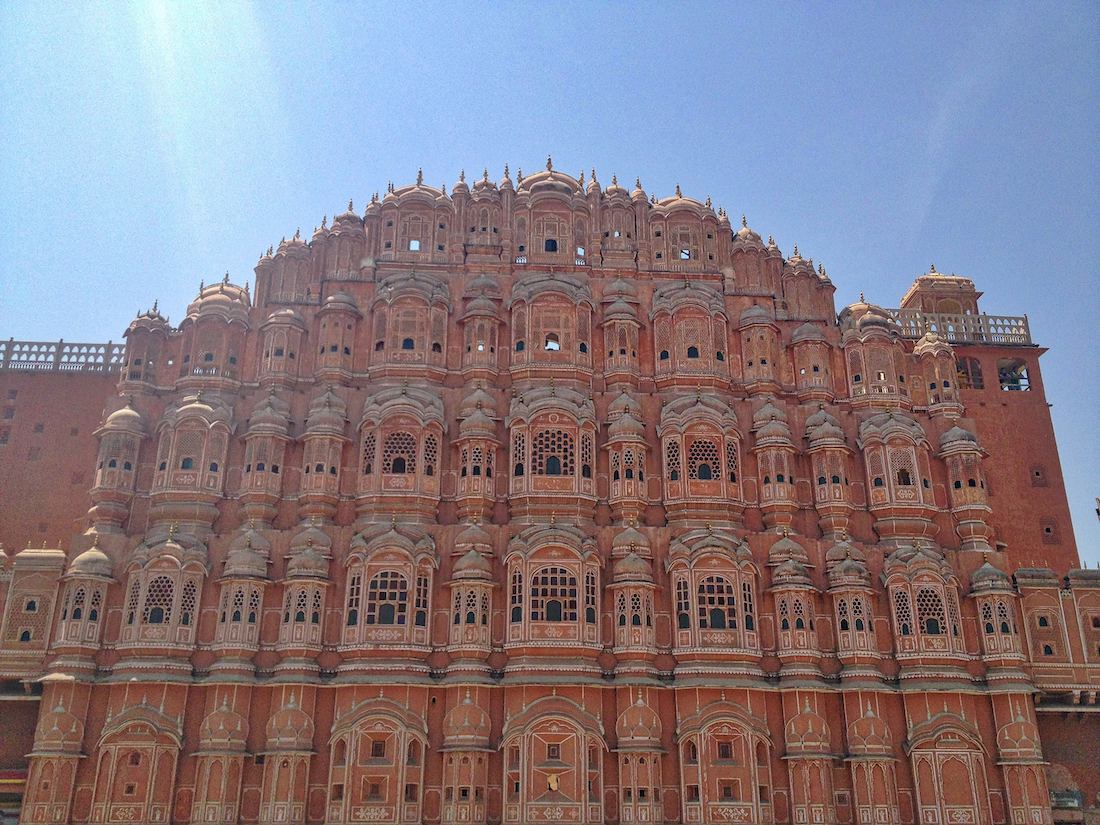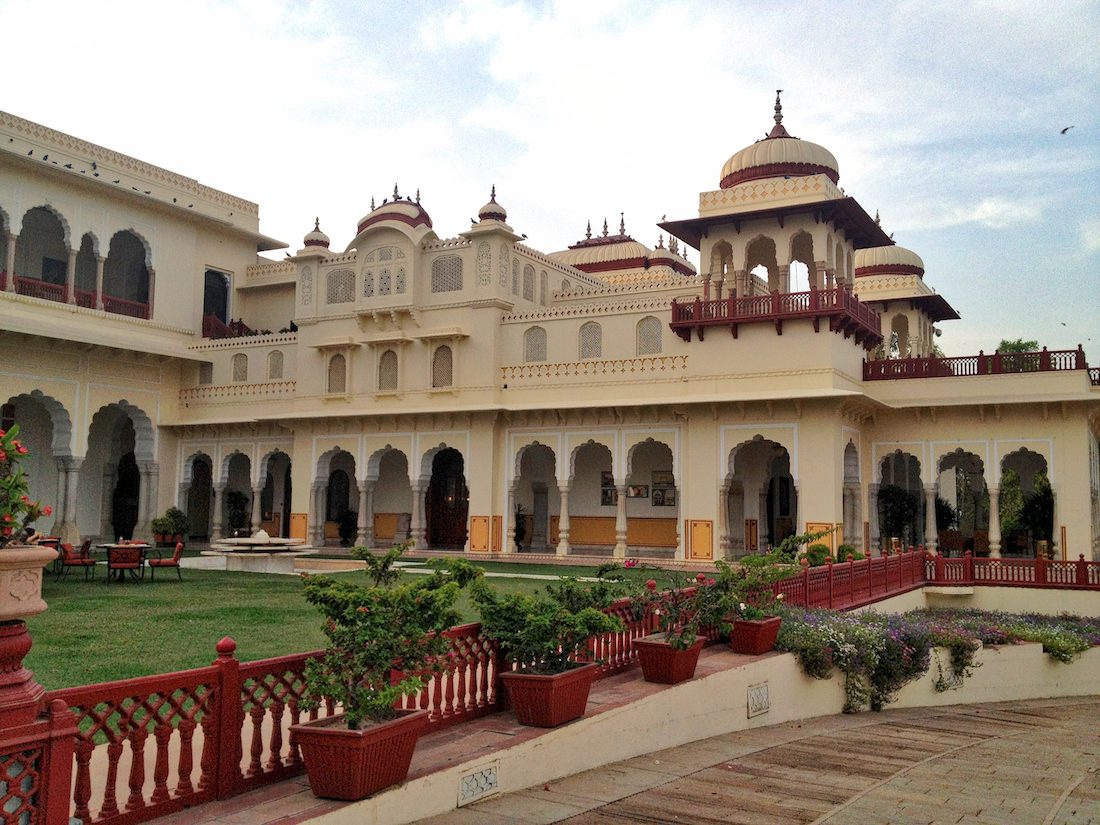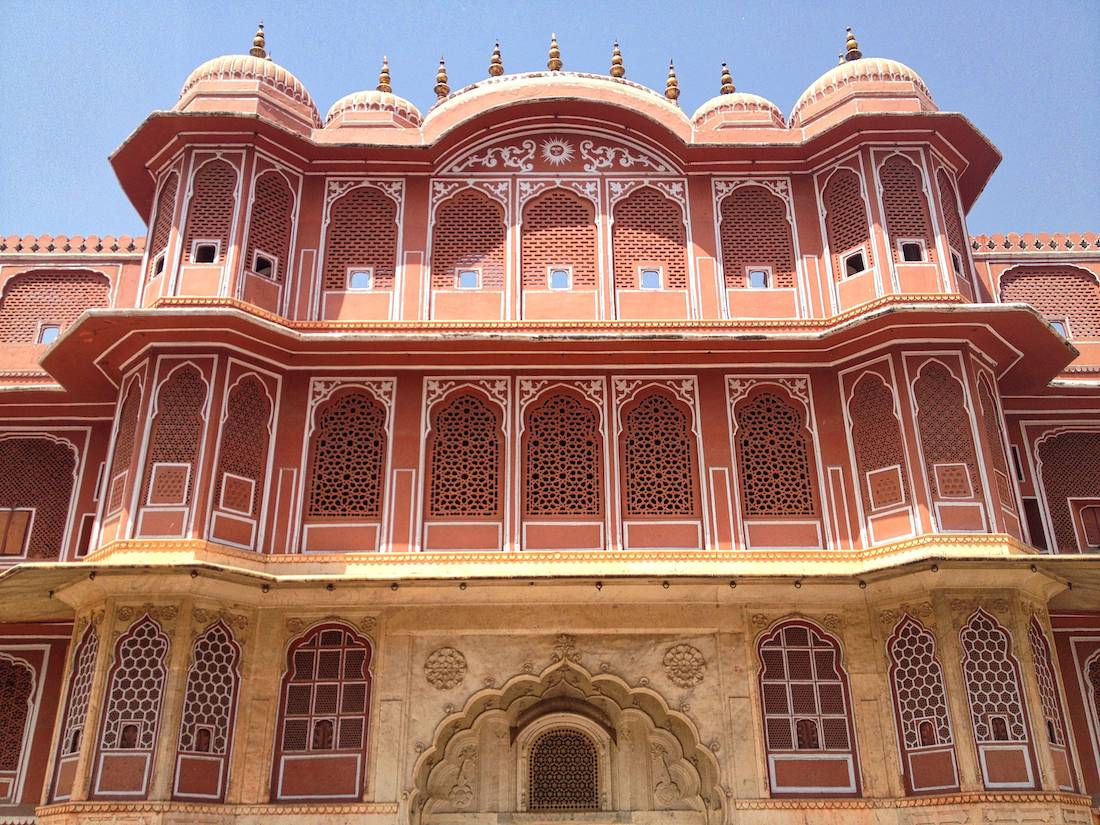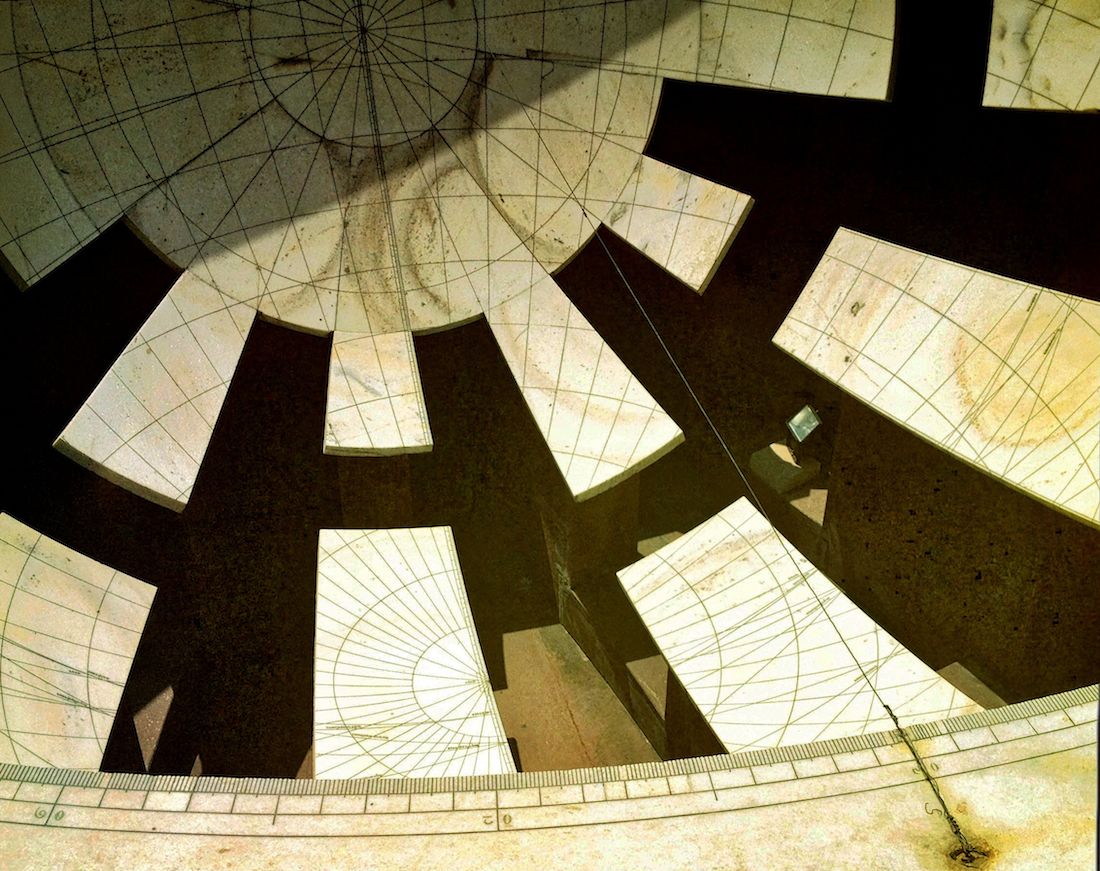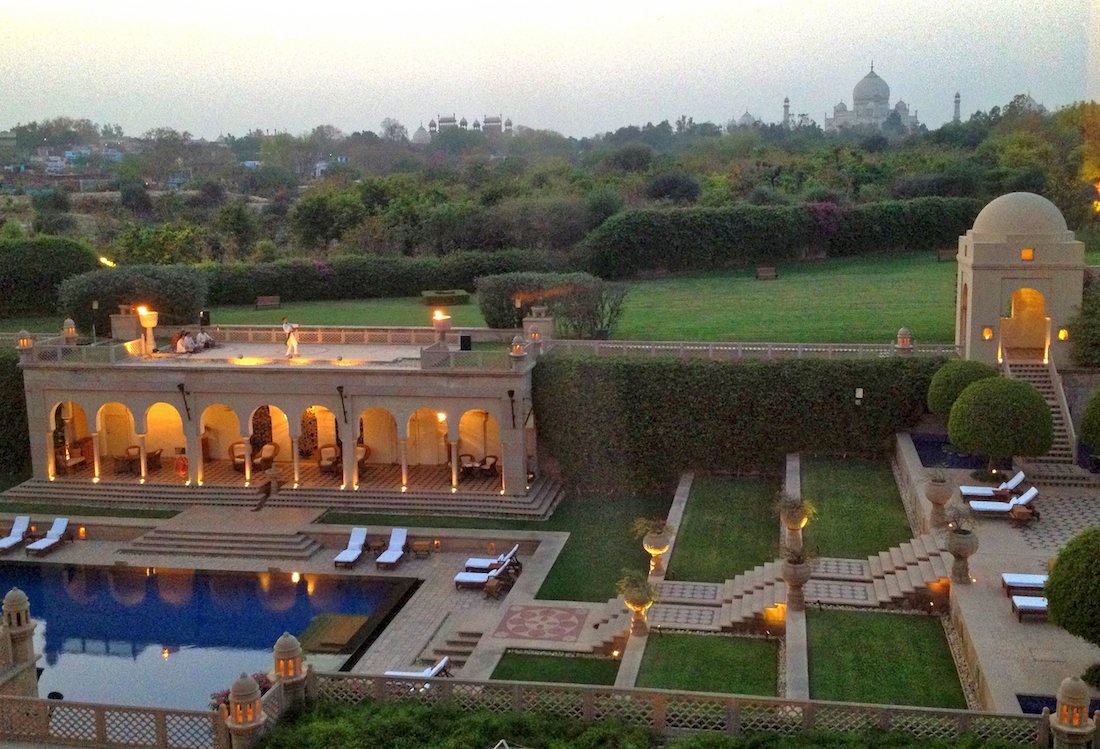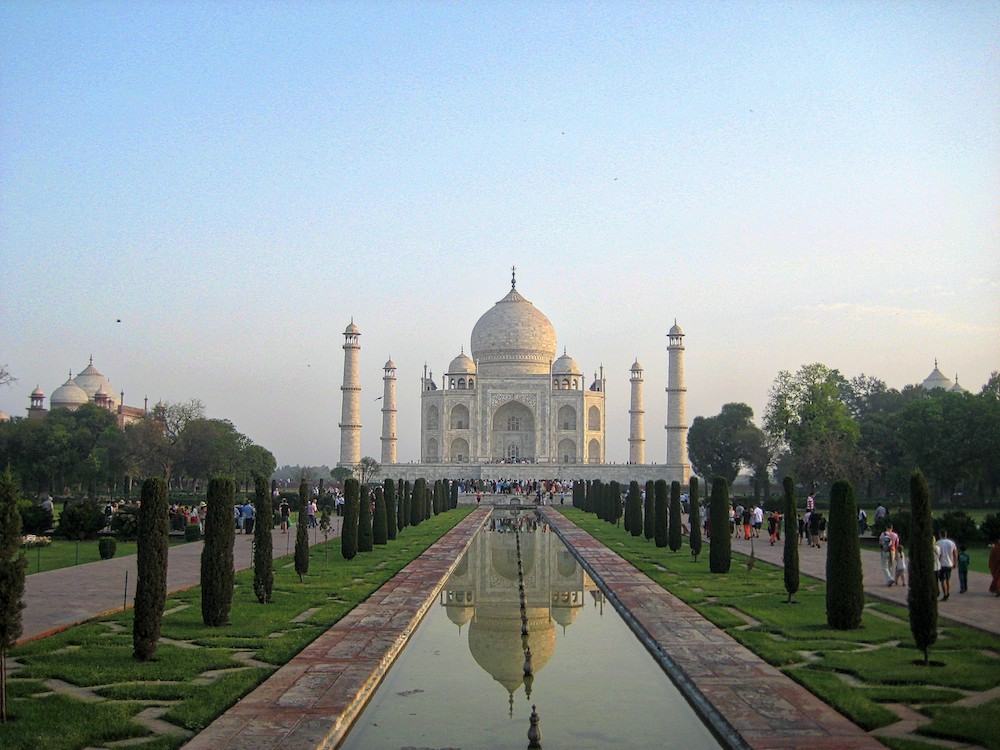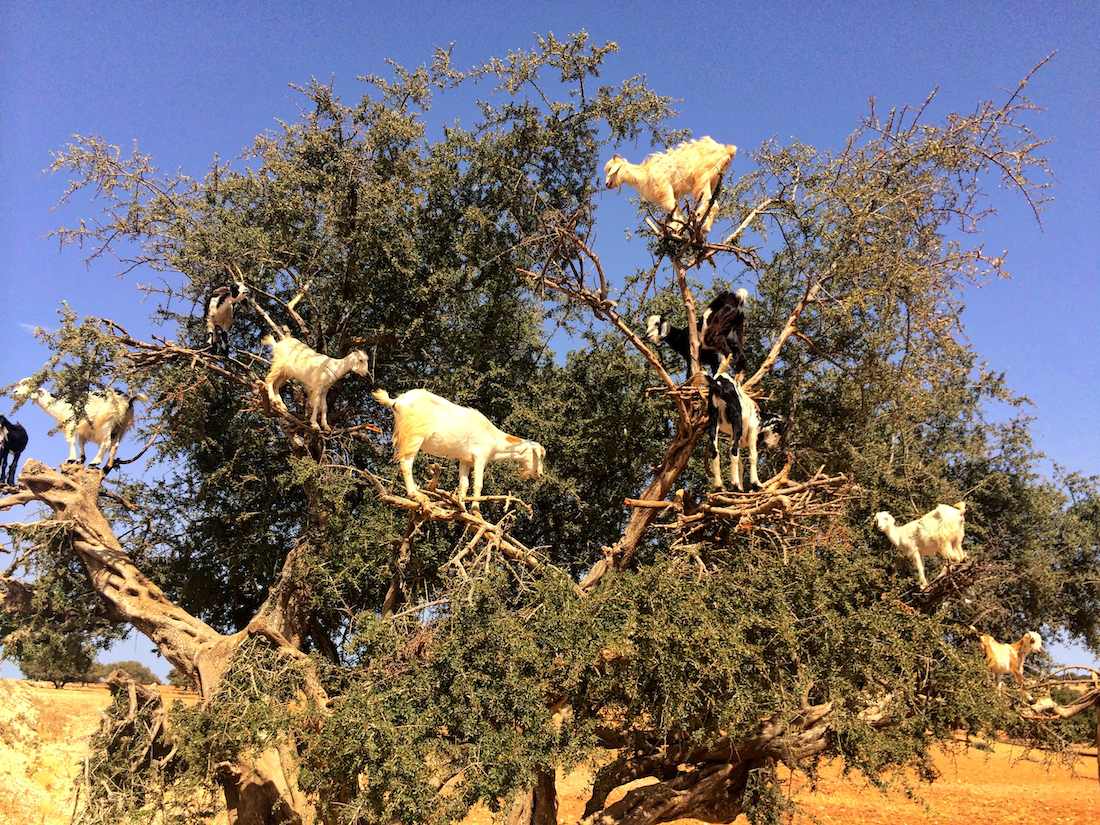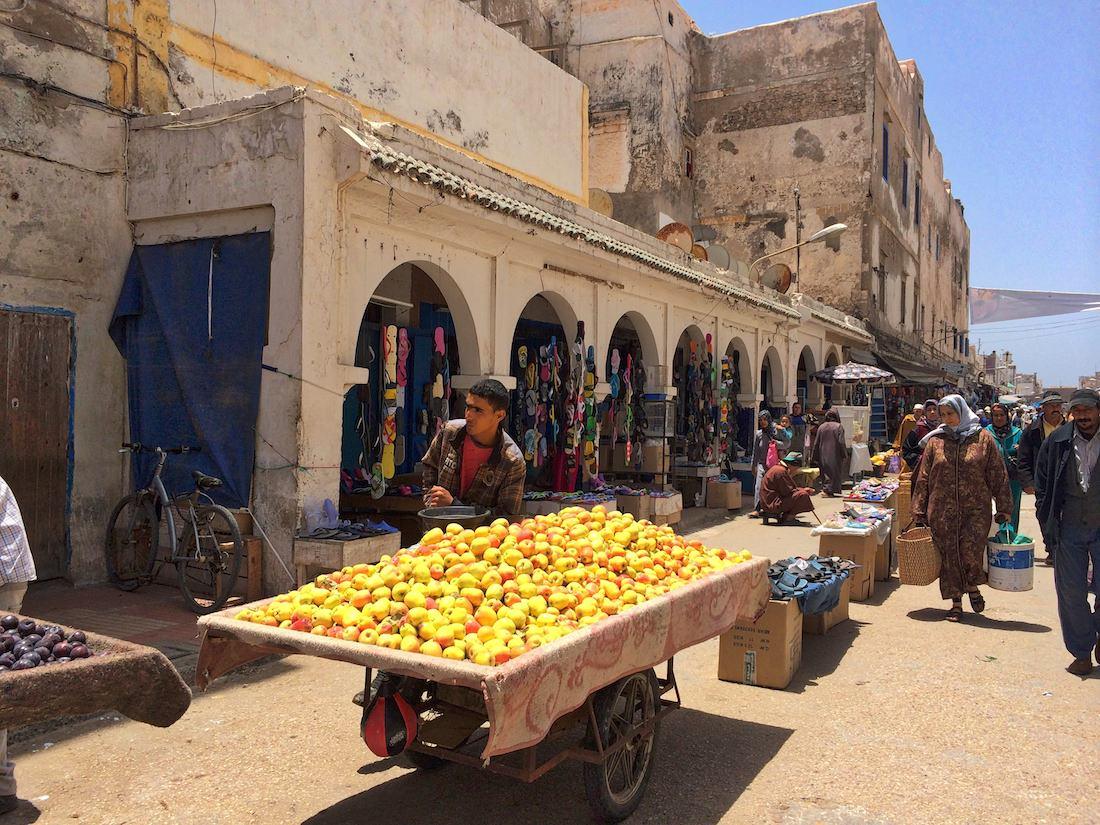As far as summer jobs go, growing up in France, being a lock keeper was my favourite. I was an ‘éclusier’ or lock keeper for several summers in Champagne, France, assisting barges through the middle of Champagne’s vineyards in Tours sur Marne and Mareuil sur Ay. A lock keeper’s job was to ensure smooth travelling of barges and the upkeep of its surroundings. Some ecluse are beautifully kept and sometimes the eclusier would sell fresh vegetables or fruits to barge owners or tourists going through the locks. The very large commercial locks are all automated now, however the smaller tourist locks on small canals or rivers, remain manual for the fun and experience of those travelling by peniche (houseboat).
When we cruised on the Lot river, they were all manual locks as there was no commercial traffic. Whether going downstream (‘avalant’ is the French technical term) or upstream (‘montant’) the process is the same, you need to close the lock and level the lock with your boat by either emptying the lock or filling it up. You use the sluice gates to do that which are handled by cranks usually located on the gates. Once done, you open the gate and move your boat inside, then close the lock, empty the lock or fill it up depending if you are going downstream or upstream respectively. Usually you release the sluice gates slowly during that process until the lock is half full or half empty to avoid having the boat rocking all over the chamber. It is highly recommended to have somebody inside the boat using a rope to control it inside the lock. Once the lock is levelled, it is time to open the gate and be on your way for more fun and more locks…
















